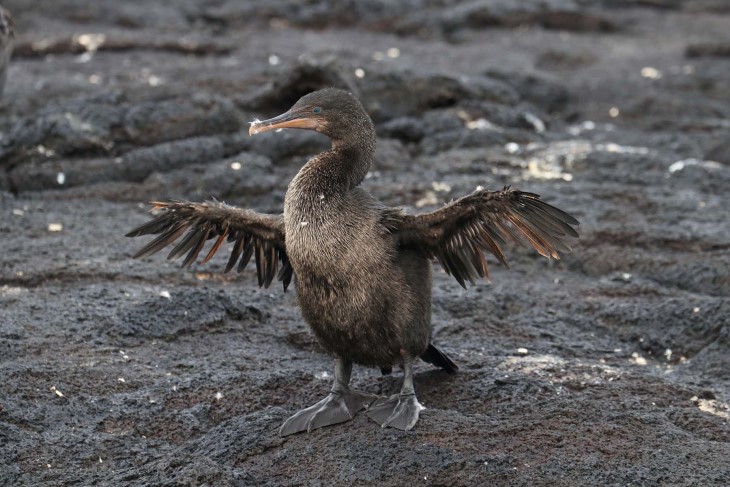
SIGN UP TO RECEIVE
15% OFF
IN YOUR NEXT TOUR
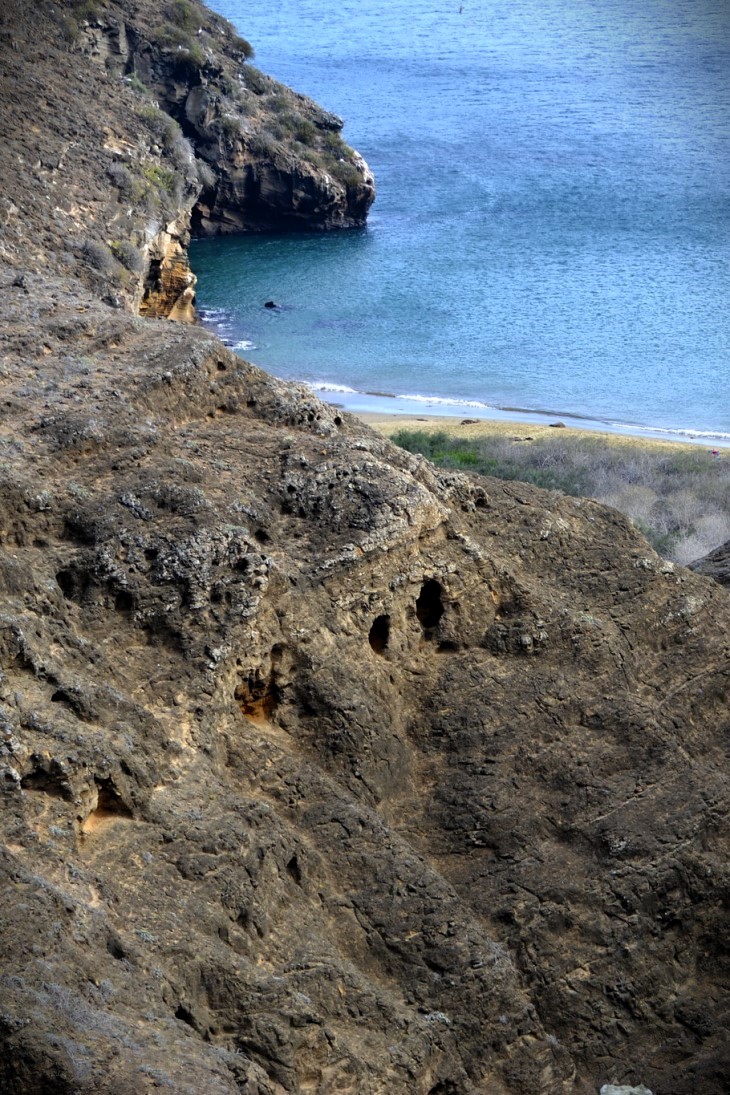
Meet the 7 Most Powerful Hiking Trails in Galapagos
SCROLL DOWN TO READ
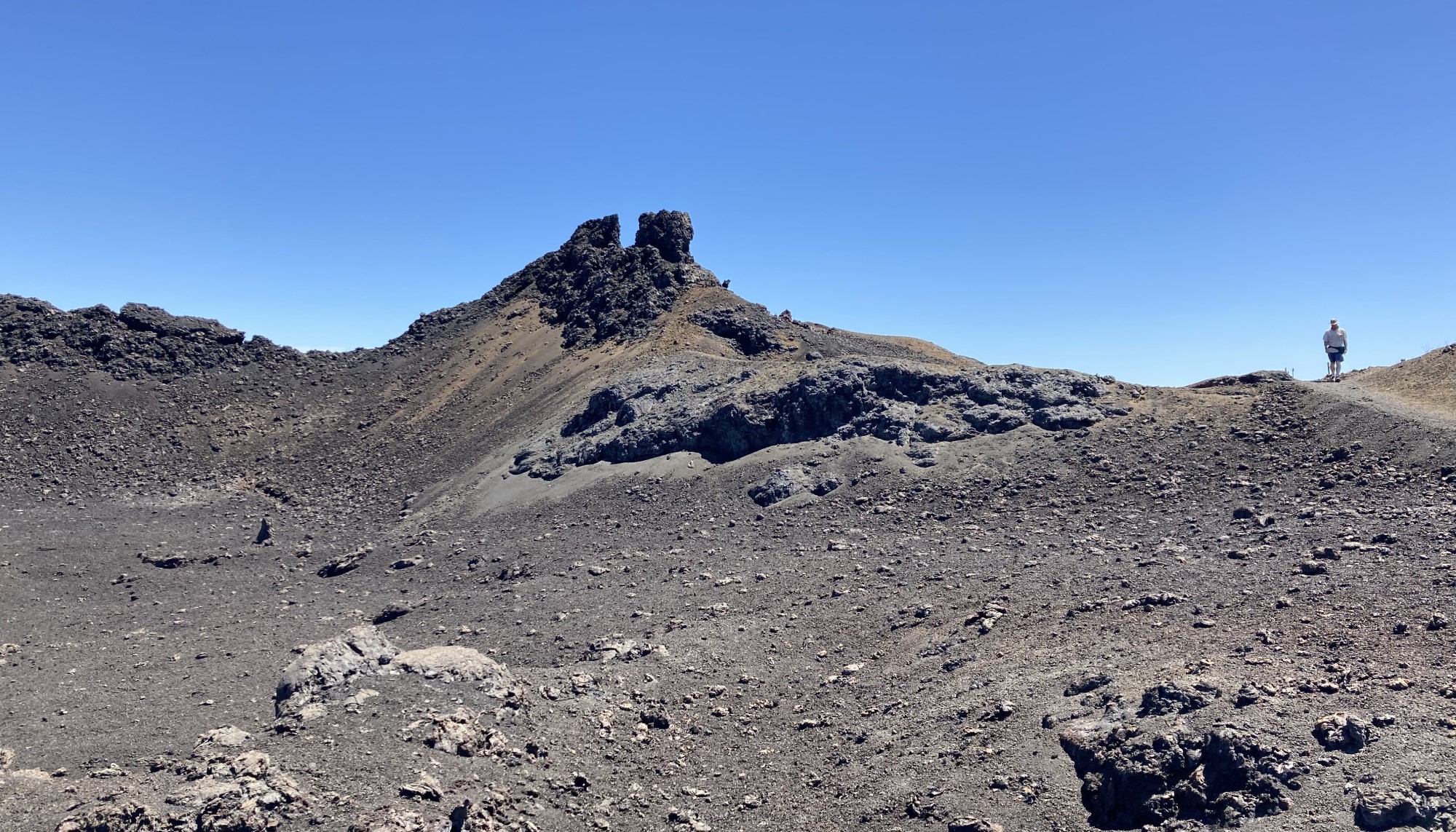
Meet the 7 Most Powerful Hiking Trails in Galapagos
SCROLL DOWN TO READ
Meet the 7 Most Powerful Hiking Trails in Galapagos
The Galapagos Islands are a haven for nature lovers and outdoor enthusiasts, offering unique and diverse ecosystems, breathtaking landscapes, and incredible biodiversity. Hiking in the Galapagos provides an unparalleled opportunity to explore these remote and pristine islands. In this report, we will delve into the top seven hiking sites in the Galapagos archipelago.
In this report, we embark on a journey through the Galapagos archipelago to discover the most demanding sites for hiking. Each site we explore offers a unique blend of geological splendor, breathtaking landscapes, and intimate encounters with the diverse wildlife that has made these islands famous. From ancient volcanic craters to pristine beaches, lush highland forests to arid coastal habitats, the Galapagos offers a tapestry of hiking experiences that cater to all levels of adventurers. Join us as we unveil the top hiking destinations that make the Galapagos an extraordinary and must-visit destination for nature enthusiasts and hikers alike.
The visit to Volcan Chico and Sierra Negra Volcano on Isabela Island offers a captivating journey through the unique landscapes of the Galapagos Islands. The trail covers a distance of approximately 16 kilometers, showcasing the island's diverse geology. Sierra Negra, with its expansive caldera, presents a breathtaking panorama. The vastness of the Caldera is a testament to the island's geological history, creating a beautiful and surreal landscape. The hike allows visitors to witness the impressive size and intricate details of this volcanic feature.
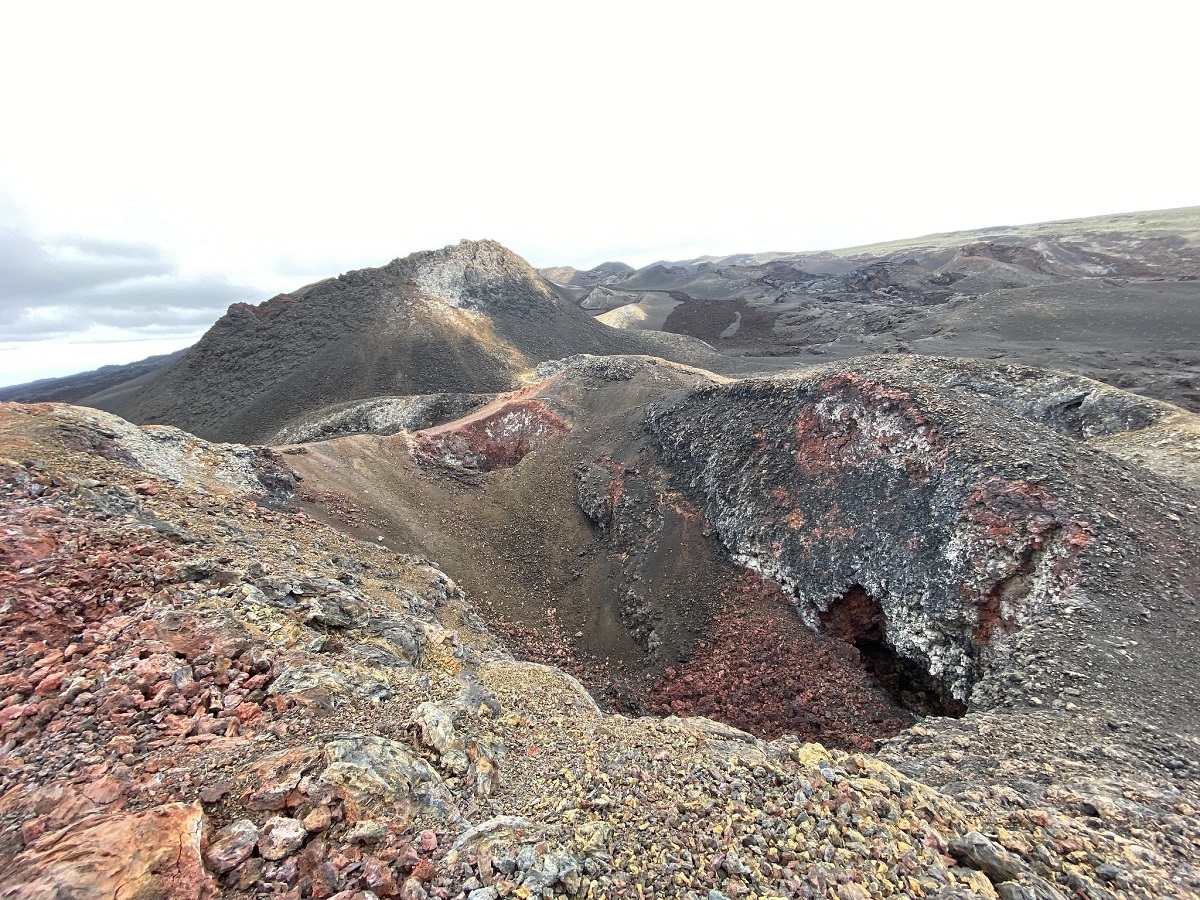
As you venture towards Volcan Chico, the trail reveals fumaroles and hornitos, highlighting the dynamic geological activity of the region. The steaming fumaroles and intriguing hornitos provide a glimpse into the Earth's forces at work. The landscape is a tapestry of lava formations, showcasing the raw beauty of volcanic processes. The hike's allure lies not only in the physical challenge but in the opportunity to witness firsthand the geological wonders that have shaped the Galapagos Islands. The juxtaposition of Sierra Negra's vast caldera and Volcan Chico's fumaroles creates a unique and unforgettable hiking experience, making these sites among the most beautiful in the Galapagos.

Hiking to Volcán Chico is often done as an extension of the Sierra Negra Volcano hike, as these two attractions are located in the same general area. The Sierra Negra with Volcan Chico hike itself, is usually about 9 to 10 miles (15 to 16 kilometers) round trip, and Volcán Chico is an additional part of the excursion.
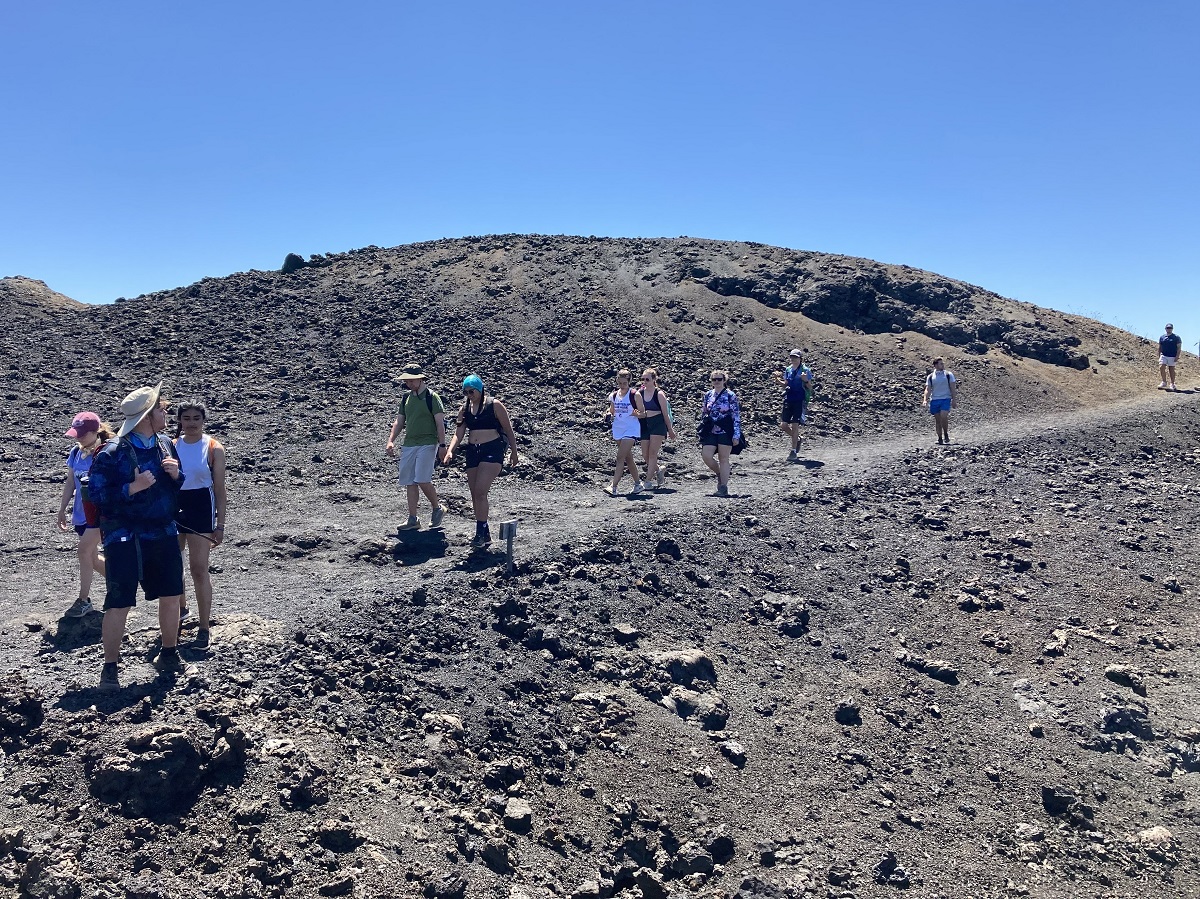
The exact distance may also depend on the specific route taken within the volcanic landscape. While on the Sierra Negra hike, you can also visit Volcán Chico, a smaller adjacent volcano with colorful fumaroles, sulfur deposits, and other geothermal features. The contrast between the barren volcanic landscape and the vibrant colors of Volcán Chico is captivating.
Embarking on the trail from Cerro Allieri to Post Office Bay, and further to El Mirador de la Baronesa, unfolds a captivating journey through the diverse landscapes of Floreana Island in the Galapagos archipelago. Covering approximately 10 kilometers, the hike traverses various vegetation zones, offering a kaleidoscope of ecosystems. The trail begins in the lush forest of scalesia, characterized by its humid and wet conditions typical of the highlands.
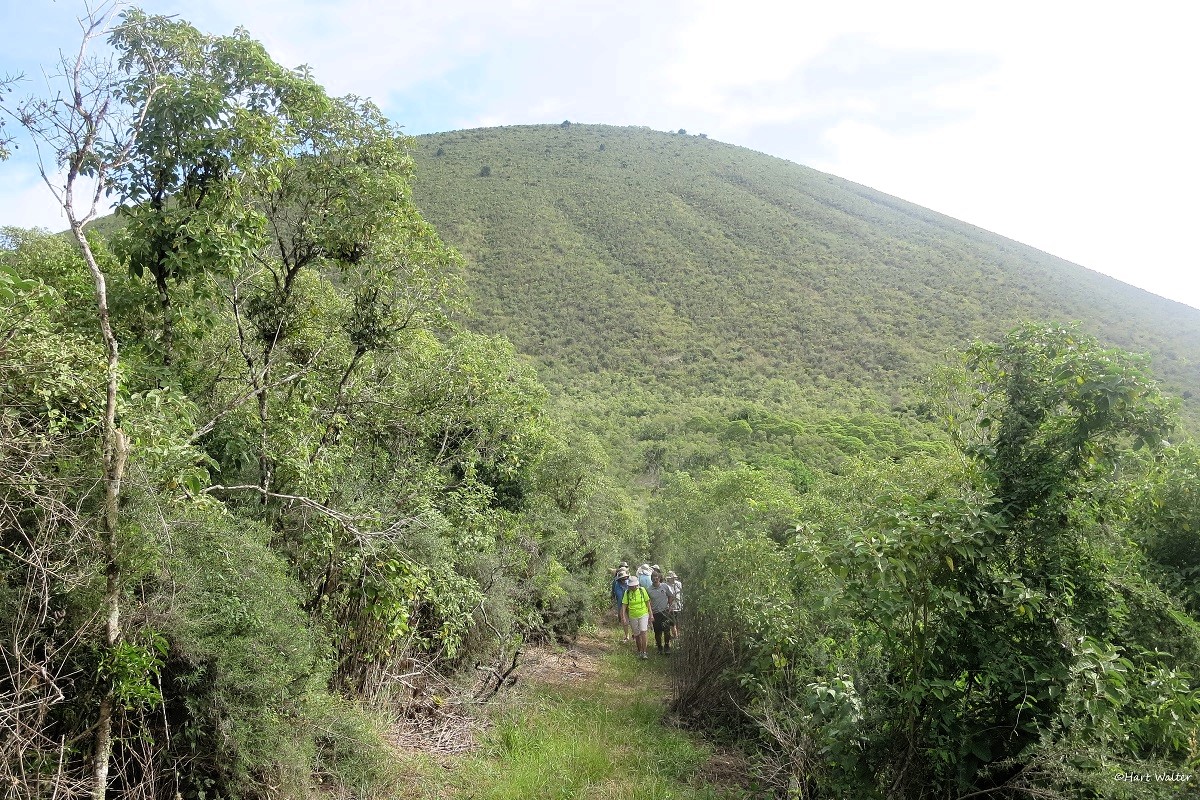
As hikers progress, the environment gradually transitions into the arid zone near the ocean, featuring the distinctive deciduous vegetation adapted to the dry coastal climate. The panoramic views along the way are nothing short of breathtaking, providing glimpses of Floreana's unique topography and coastline. Amidst this natural spectacle, the hike presents an excellent opportunity to encounter the island's endemic flora, showcasing the remarkable biodiversity of the Galapagos. Keep a keen eye out for the medium tree finch, a species exclusive to Floreana Island, enhancing the hike with the possibility of observing this unique and endemic avian inhabitant. The trail, with its diverse landscapes and endemic wildlife, promises an enriching and immersive experience for nature enthusiasts and hikers alike.
The Minas de Sal (Salt Mines) visitor site is a saltwater lagoon located inside a volcanic crater to the northwest of Santiago Island. The trail covers an approximate distance of nine kilometers round trip. In this place, you can observe Galapagos hawks, finches, and other bird species. This site holds significant historical value since 1683 when William Ambrose Cowley visited and named the bay and the island James. Many travelers have explored this location, taking advantage of its natural resources to salt beef and fish.
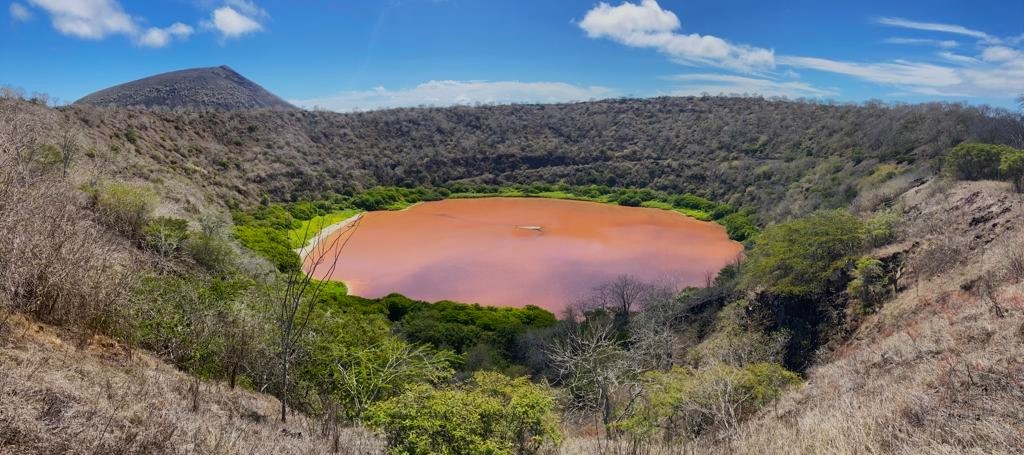
The initial inhabitants of the islands, who were fishermen, also utilized this site to extract pink salt for the preservation and commercialization of fish. In 1960, Mr. Héctor Egas engaged in the commercial exploitation of the salt mine, establishing himself in this location for approximately three years.
Embark on the adventure of a 13.2-km out-and-back trail near Puerto Villamil, Isabela Island. The Wall of Tears is a poignant historical site that stands as a testament to the island's past as a penal colony. The trail leading to this imposing structure unfolds through diverse topography, offering glimpses of Isabela's unique landscapes. Hikers traverse volcanic terrain, passing through arid zones and lush vegetation, eventually reaching the stark wall built by prisoners during the island's penal colony era from 1945 to 1959. The topography itself is a blend of rugged volcanic rocks and panoramic vistas, providing a dramatic backdrop to the Wall of Tears.
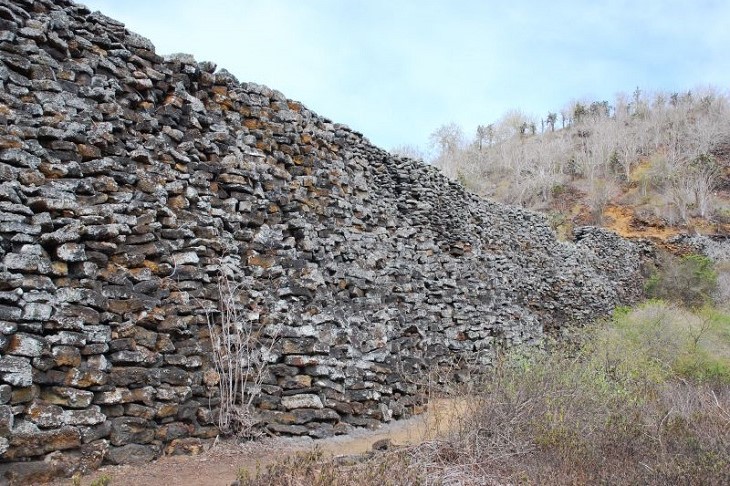
As visitors explore the site, they may encounter endemic bird species such as finches, mockingbirds, and possibly even the iconic Galapagos giant tortoises that roam freely in the surrounding areas. The juxtaposition of historical significance, natural beauty, and diverse fauna makes the Wall of Tears an intriguing and reflective destination on Isabela Island.
The trail at Tagus Cove on Isabela Island in the Galapagos archipelago offers an immersive exploration of approximately 2.5 kilometers, making it an accessible and enriching experience for visitors. Winding through a landscape shaped by volcanic activity, the trail unveils rugged terrain and unveils breathtaking views of the surrounding bay and cliffs. The topography varies from rocky inclines to volcanic formations, creating a dynamic and visually stunning environment.
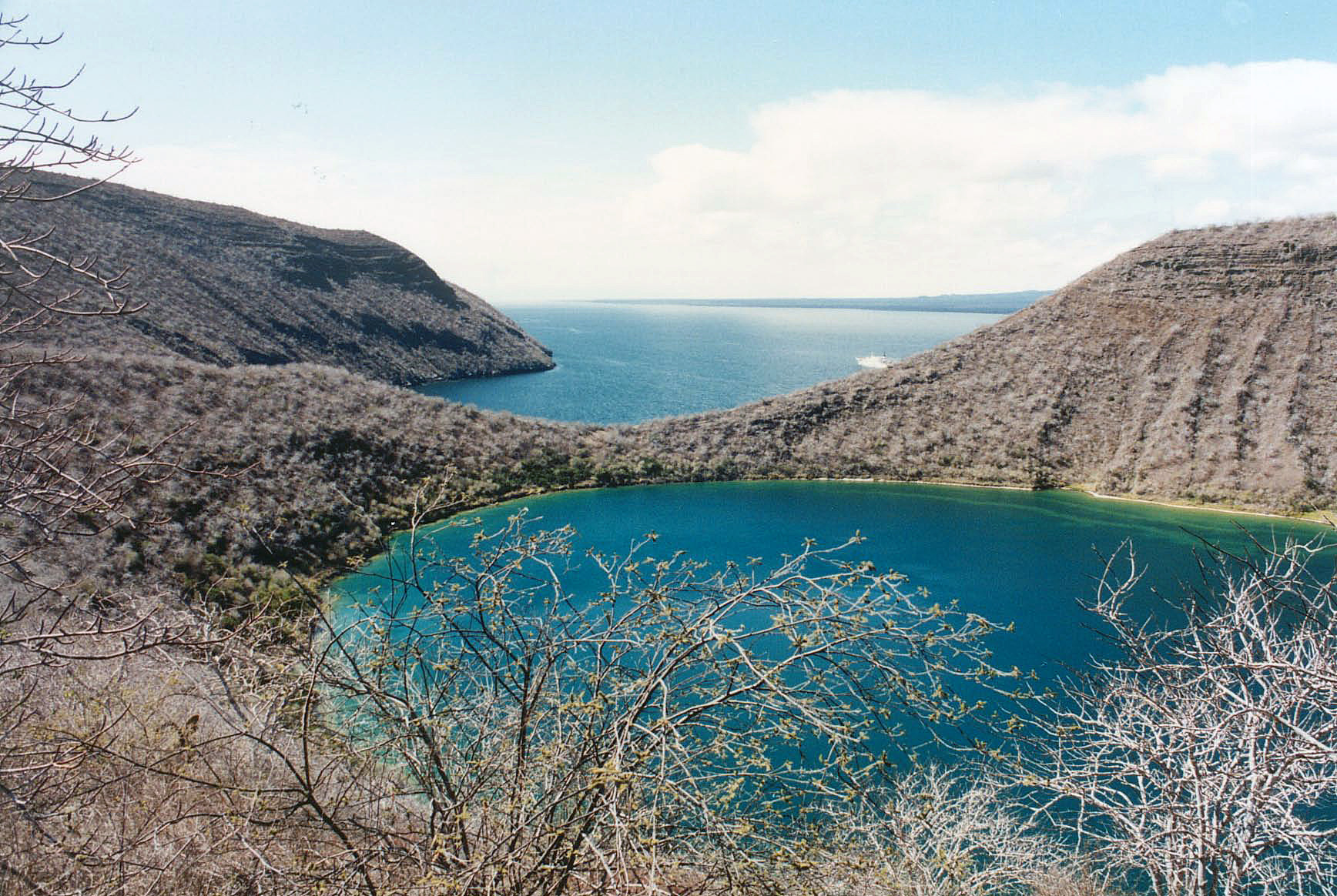
As hikers follow the trail, they are treated to the sight of unique flora and fauna adapted to the arid conditions, including Galapagos penguins, marine iguanas, and Darwin finches. The distance and diverse topography of the Tagus Cove trail make it an ideal excursion for nature enthusiasts, providing both a glimpse into the geological history of the Galapagos and an opportunity to witness the islands' remarkable wildlife in its natural habitat.
The Punta Suarez trail on Española Island is a spectacular journey through diverse topography, showcasing the island's unique geological features and rich biodiversity. The trail winds through rugged and uneven terrain, featuring imposing rocky boulders and cliffs that provide breathtaking viewpoints of the surrounding landscape. As hikers navigate the path (approximately two miles), they encounter a plethora of endemic flora and fauna, including the vibrant Española mockingbird, waved albatrosses, and the charismatic blue-footed and Nazca boobies.

The trail also reveals the impressive Galapagos hawk, a top predator in this ecosystem. The vegetation is equally distinctive, with endemic species like the giant prickly pear cactus and Española lava lizard adding to the island's ecological richness. Punta Suarez's trail offers a sensory feast, combining dramatic geological formations with the endemic life that has evolved to thrive in this remote and captivating corner of the Galapagos archipelago.
Punta Moreno, situated on Isabela Island, showcases a captivating and varied topography shaped by volcanic activity. The landscape is characterized by extensive lava fields, a result of a volcanic eruption in 1954. The black, solidified lava creates a surreal and moon-like environment, offering a stark contrast to the azure waters of the surrounding coastline.
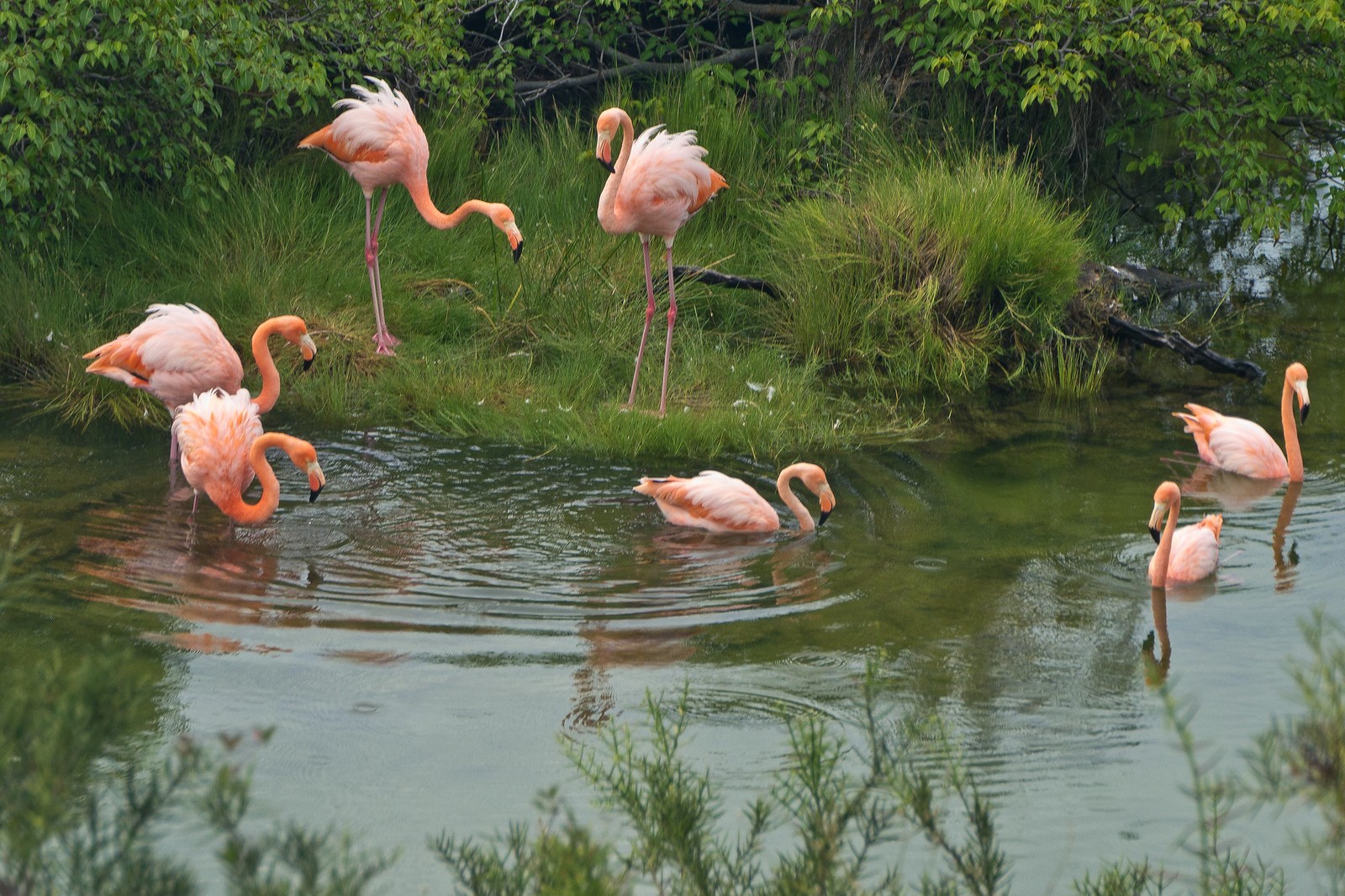
Despite its seemingly desolate appearance, Punta Moreno is home to a surprising variety of flora and fauna. Pioneer plants, such as lava cacti and pioneer saltbushes, have managed to establish themselves in the harsh volcanic terrain. The intertidal zones near the shoreline are bustling with life, including marine iguanas, sea lions, and vibrant sally lightfoot crabs. The brackish lagoons and tide pools within Punta Moreno provide a sanctuary for birdlife. Flamingos, pintail ducks, and various shorebirds can be observed wading in the shallow waters. While Galapagos tortoises are not found in Punta Moreno, the site still offers a rich tapestry of volcanic landscapes, resilient flora, and diverse wildlife, making it an intriguing destination for those exploring the natural wonders of the Galapagos.
